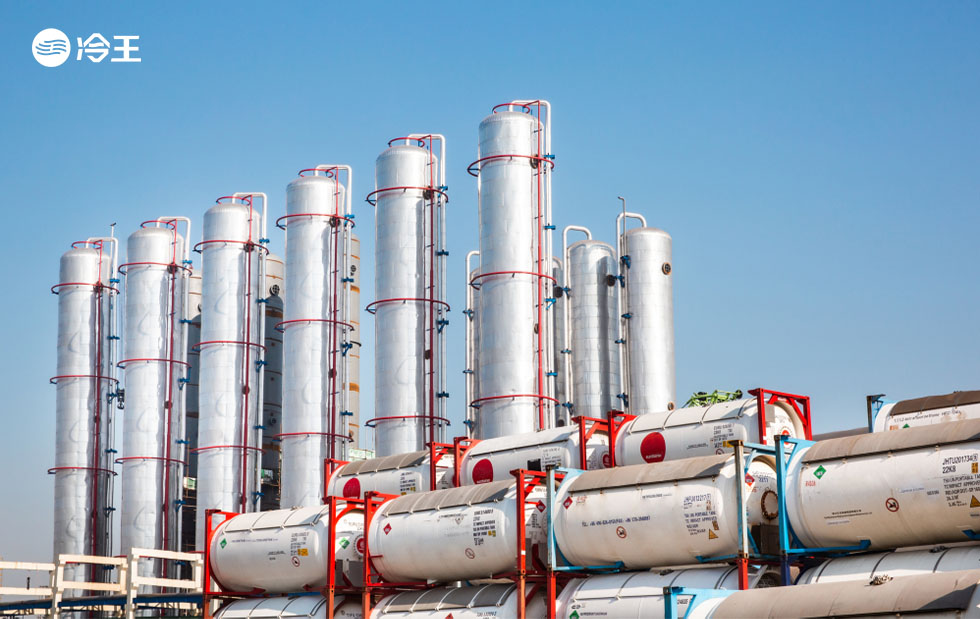
As the global temperature continues to climb, the refrigerant market has officially stepped into the traditional peak demand season. The production side of the production rate to maintain a high level of operation, downstream refrigerant demand along with the installation of air conditioning, cold chain transportation and other scenarios surge, the industry inventory began to release in an orderly manner. Although the product price is at a high level, the purchasing demand is still characterized by stepwise conduction, and the market shows a “tight balance” situation.
#01
R32 market explosive growth capital
Home appliance enterprises scheduling rhythm accelerated significantly, superimposed on the double drive of domestic and overseas orders, the circulation market spot continued to be tight. Under the support of the LTA agreement, the mainstream enterprise offer exceeded 50,000 yuan / ton mark, and the mainstream spot market transaction price stabilized at 48,000-49,000 yuan / ton range.
Under the mismatch of supply and demand, the tight situation may continue in the short term.
#02
R22 channel depth game capital
The market is polarized under the quota system: some small and medium-sized enterprises (SMEs) take advantage of the expanding profit margins to accelerate shipments, while the mainstream factories still hold fast to the RMB 35,500-36,000/tonne price range to protect the market.
The channel inventory demineralization and the quota sale confrontation, the market stalemate is difficult to break in the short term.
#03
R134a aftermarket resilience capital
The price increase policy for small cans of automotive refrigerants has been fully implemented, and the factory direct price is maintained at RMB 46,000-46,500/ton.
Although the after-sales market is in a burning state, the demand for thermal management of new energy vehicles has formed a rigid support, and the willingness of the terminal to replenish goods is not reduced.
#04
R404a/R507 demand to be broken capital
Prices stabilized after the upstream R143a de-stocking, but the slowdown in the downstream polysilicon industry expansion restricts the demand elasticity.
Market participants expect that with the seasonal recovery in the field of photovoltaic, the second half of the demand or marginal improvement.
#05
Alternatives R152a strong complementary capital
Under the dual catalyst of quota restriction and environmental protection policy, R152a continued its upward trend.
Enterprises are reluctant to sell, market circulation continues to tighten, price inversion phenomenon is highlighted.




